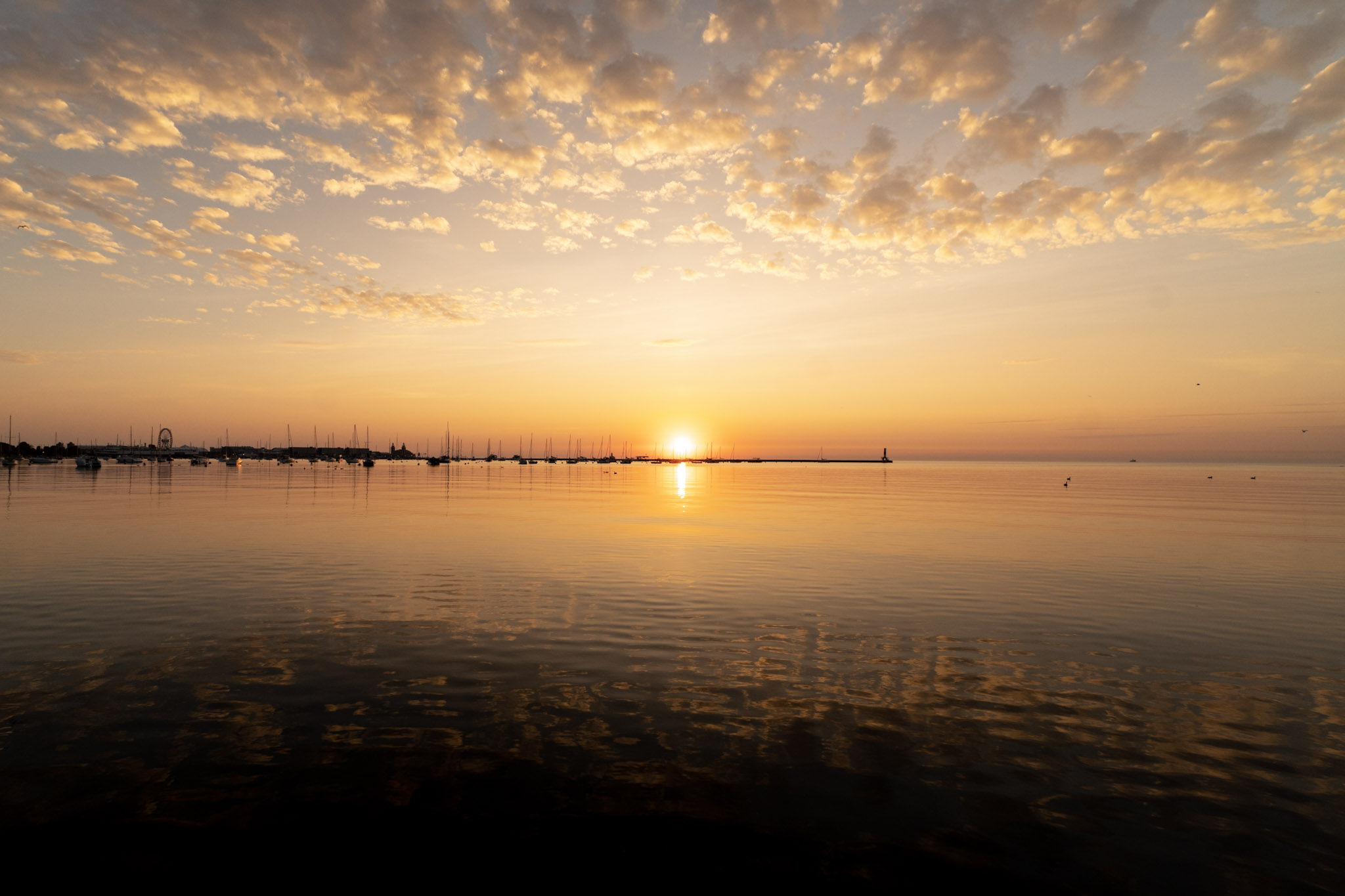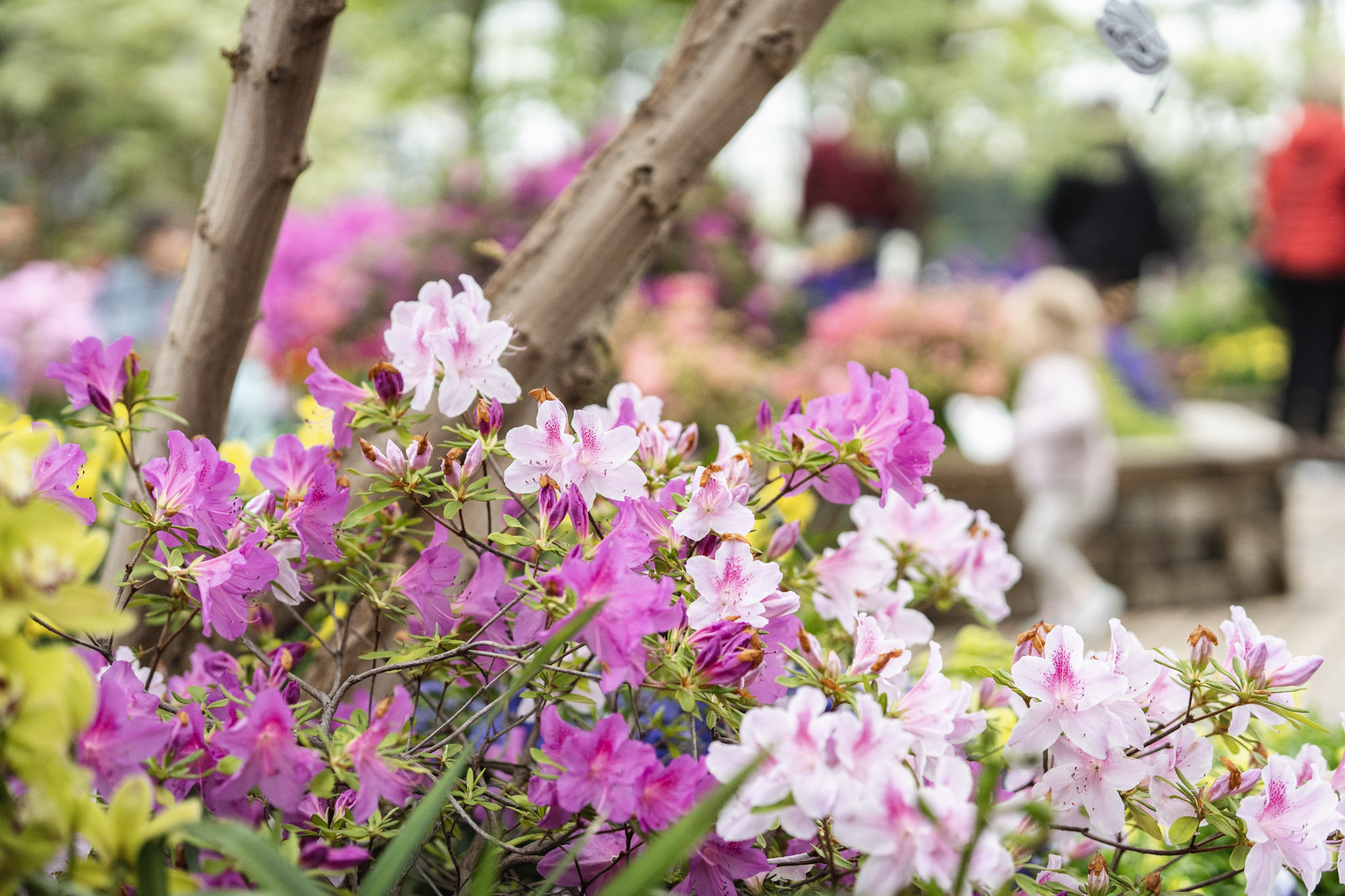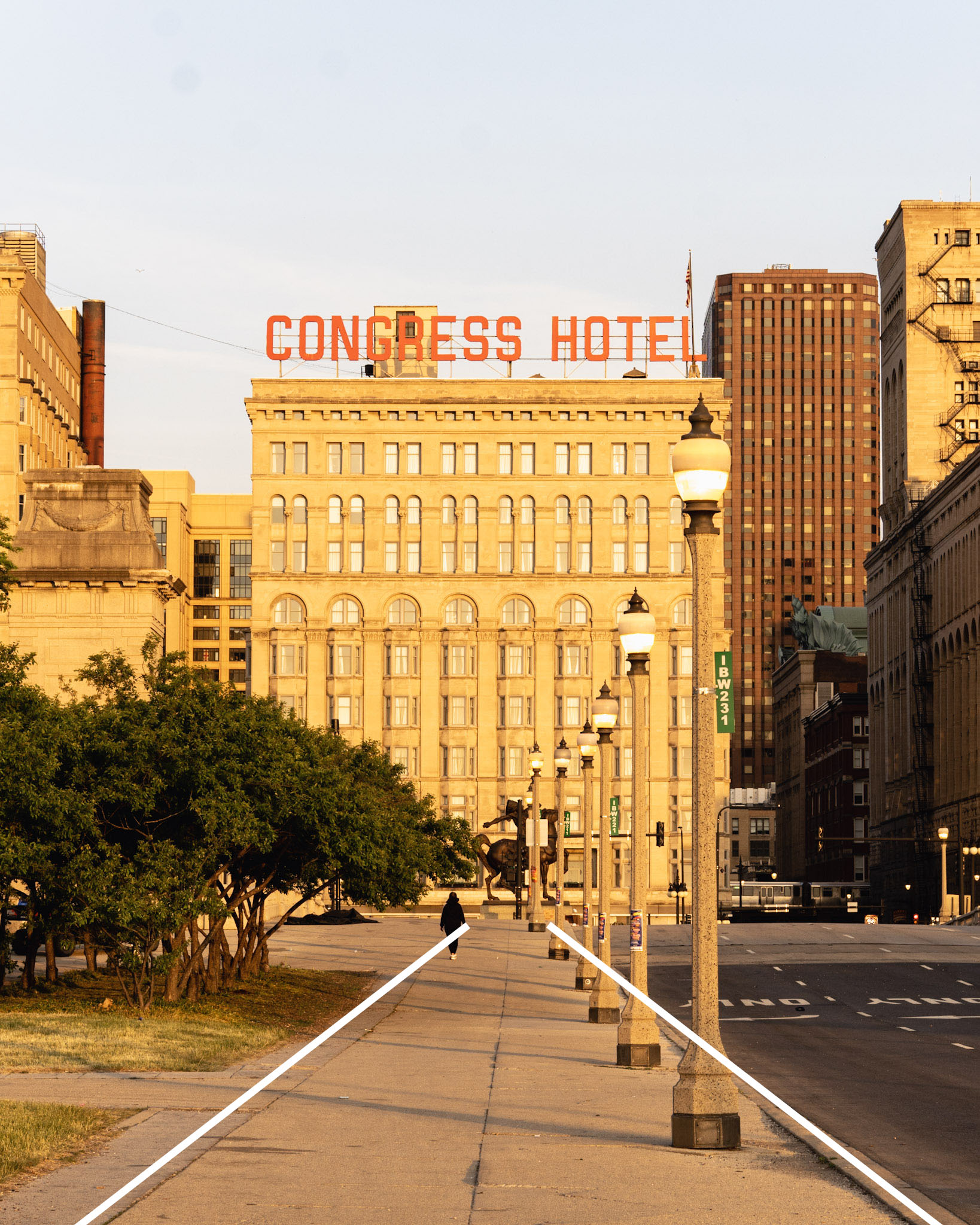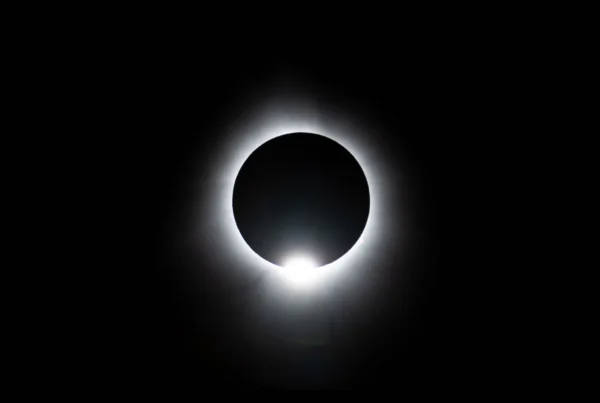Introduction
Composition is simply the arrangement of the elements in your photo. Many people have more complex definitions of composition, but it makes me think that they are only making things more confusing. Capturing a good composition is very important in photography. If you are struggling with where to even start when composing a photo, think back to the basics. Your photo has things in it, your job is to arrange them properly.
Composition is important for the description of a photograph. It indicates where everything should stay, the materials, the distances between elements, and who is larger or smaller, brighter or colorful. Its purpose is to make an extraordinarily pleasant image that attracts the viewer.
What is a composition in photography?
Composition mentions the way you position the materials of a scene within the frame such that your photograph tells a good story. It also gives structure to your image. It also determines how your image attracts your viewer. There are no exact rules you can follow to compose a photograph. Some specific established guidelines can help you convey your emotion or idea within the frame. You can use these to create unique compositions that have already been time-tested in the field of art. In addition, these techniques come in handy to express your vision through your photographs. Some composition technique relies on elements that play a vital role in determining the quality of your image.
Why is composition important in photography?
Composition is very important for various purposes in photography. It directs the eyes of your viewer. By having a simple background, you can better direct your viewer’s eyes to the main subject. In photography, good composition is pleasing to the eyes.
In street photography, documentary, portraiture, reportage, etc, try to capture the beauty of our fellow human beings. There are some compositions that are a delight for our eyes. Nature also likes symmetry. Generally, we are attracted to faces that are more symmetrical. The composition also gives us a visual anchor to keep our eyes from drifting away from an image.
Composition is very important because it forms the viewer’s experience of the artwork. It is a big part of photography which makes a piece eye-catching and dynamic, or calm and soothing.
What makes a good composition?
Photography is an art, when it comes to composition.
There are many elements to consider and all of them have to have a suitable position, color, dimension, brightness, and shape. A good composition is one in which every visual element has a good position and adds something to the story.
For better composition, photography needs a balance between the elements in the frame. It means you have to balance the amount of detail and space, highlights and shadows, etc.
The atmosphere of the environment created by the quality of light and tones may increase or reduce the weight of other elements. The weight of a visual element affects the weight of the surrounding elements. A leading line has value only in correlation with the elements it makes you look at. Similarly,a good composition builds strong relationships between elements.
Top 5 photography composition rules and techniques
Some photography composition rules are given below and I hope these rules and techniques will always come in handy. Check them out and see how they can help you bring your photography to another level.
1. Simplification
The finest way to have a clear composition is to keep things simple. Instead of having too much going on in the frame, keep the focus on a single subject. The sooner your viewers are able to determine the focal point of your image, the more they can spend time appreciating it.
 2. Horizontal or vertical?
2. Horizontal or vertical?
Horizontal or vertical is very important in composition. One of your first decisions in taking a picture is whether it should be horizontal or vertical. The shape of the camera encourages us to hold it horizontally, but the subject should determine the orientation. So, a vertical format emphasizes verticals and vertical subjects usually belong in a vertical frame. Similarly, horizontal ones should be in a horizontal frame.
3. Framing
Framing involves using or adding frame elements to emphasize and lead the viewer’s eye toward your subject or to simply add interest to your image. It can be anything from natural frames like rock formations or windows and tunnels. Whatever shape, as long as it helps bring focus to your intended subject and to create a more aesthetic image.
4. Color
Another easy composition technique is the use of color to create a unique image and strengthen the message behind your images. You can choose one or many bold colors to make your subjects stand out. Or you can go for pastel shades for light visuals.
Some complementary colors such as blue and orange sunsets are also great for creating a stunning image. You may also want to play color temperatures to produce interesting results. You can also use certain shades to evoke various emotions such as happiness with yellows and mystery with darker colours.
 5. Leading lines and shapes
5. Leading lines and shapes
Another significant element of art that our eyes are naturally drawn to are lines and shapes. Use leading lines to your advantage by allowing them to change the way your audience views your image. Lines have a natural way of leading the viewer’s eyes and making them the perfect element to help bring attention to your desired focus point. In our daily life, roads, and bridges are great for showing linear perspective. They have lines that potentially lead the eyes to where your main subjects are.
 Conclusion
Conclusion
In this article, you have got the basics down, look for ways to incorporate these principles into your own image. Each and every rule won’t work in every situation but they will help you by giving you a starting point. Try to mix them all together and give yourself the space and freedom to experiment. And remember one thing the best way to improve your photography is to go out there and keep making photographs.
Learn more about the rules of thirds in photography.









